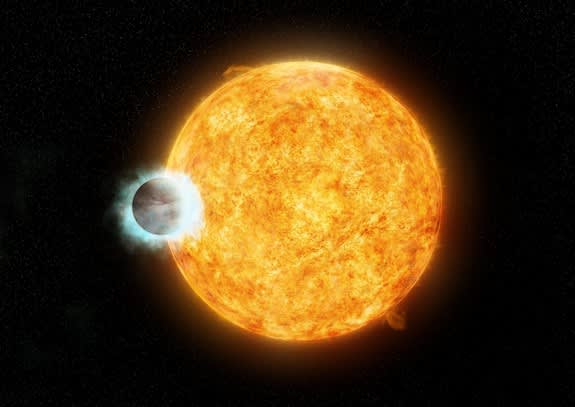Is Anyone Out There?
 |
| Mars taken by MOM 29 Sept 2014 |
Mars Again
The Indians put their probe in orbit around Mars this week. India’s successful, low-cost Mars mission is a major milestone for the country’s space program, with experts predicting that it could open the door to lucrative space deals with the U.S. and Europe. India joined the select group of space nations on Wednesday when the Indian Space Research Organization (ISRO) successfully placed a satellite into orbit around Mars. This is a big deal for two reasons. Firstly, it's a difficult task: More than half the world's previous attempts -- 23 out of 41 missions -- have failed, including one by Japan in 1999. The United States had its first success with a 1964 flyby by a spacecraft called Mariner 4, returning 21 images of the surface of the planet. The former Soviet Union reached the planet in 1971, and the European Space Agency in 2003. And secondly, India joins an exclusive club comprised of only the United States and Russia, along with the European Union in reaching Mars. India's Mars Orbiter Mission (MOM) will study the Marian surface and mineral composition and scan its atmosphere for methane, an indicator of life.
US Air Force X-37B Space Plane
 | |
| X-37B with solar array deployed |
Alien Planet Found
 |
| WASP 18b and "hot Jupiter" planet |
A nearby star is not acting its age, thanks to the influence of a massive exoplanet. The close-orbiting alien planet, known as WASP-18b, is apparently disrupting the magnetic field of its host star so much that the object is behaving like a much older star, researchers said. "WASP-18b is an extreme exoplanet," study lead author Ignazio
Pillitteri, of the Instituto Nazionale di Astrofisica
(INAF)-Osservatorio Astronomico di Palermo in Italy, said in a statement.
"It is one of the most massive hot Jupiters known and one of the
closest to its host star, and these characteristics lead to unexpected
behavior. The planet is causing its host star to act old before its
time." The star WASP-18, which lies about 330 light-years away, is about as
massive as our own sun. The gas giant WASP-18b weighs in at more than 10
times the mass of Jupiter and completes one orbit around the star in
less than 23 hours, leading scientists to classify it as a "hot Jupiter."
Commercial Space is Alive and Well, But Delayed
 |
| Virgin Galactic Space Ship Two |
Virgin Galactic won’t now make a commercial flight until early spring, with Branson and his son on the first launch, the U.K. billionaire confirmed today after revealing earlier this month that a target of commencing operations this year had become unrealistic. The resolution of issues with the spacecraft’s rockets may mean a vehicle carrying flight crew but no passengers still reaches space during 2014, he added. “It took us a lot longer to build rockets that we felt completely comfortable with,” Branson said today. “I’m confident that we’re as good as there now. We’ve got some more test flights to go, but I think you’ll start seeing Virgin going into space by the end of this year and then starting the whole space program in the spring.”
Regulations, not technology, are hindrances, and the flights are likely to reach only about 360,000 feet (about 68 miles high), which is on the very outer edge of Earth's atmosphere. Dark sky and weightlessness will be some of the memorable elements of passengers' trip. Cool. Save me a seat on the seventh launch.

No comments:
Post a Comment